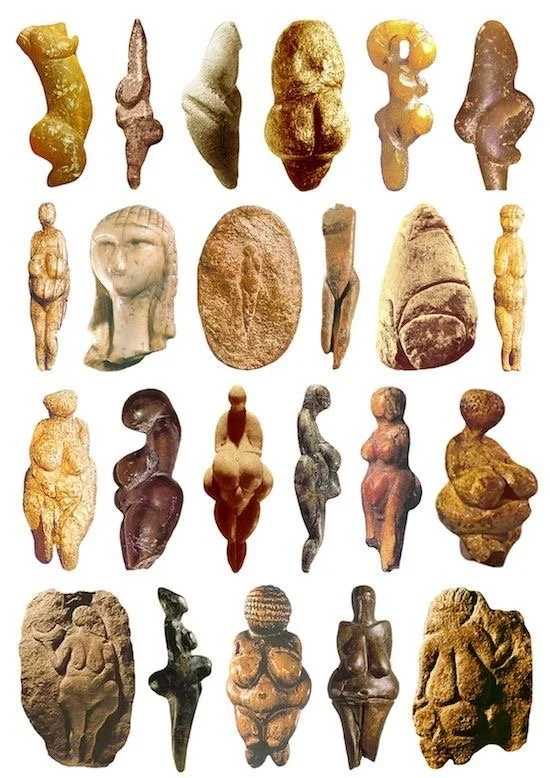Unveiling the Mystique: Goddess Figures and Their Enduring Legacy
From the dawn of human civilization, the concept of The Divine has been intricately woven into the tapestry of cultures and societies. A captivating aspect of this age-old connection is the veneration of Goddess figures, which have left an indelible mark on history. These revered representations of feminine deities offer a fascinating glimpse into the beliefs, values, and artistic expressions of ancient civilizations, providing a conduit through which to explore the profound roles these goddesses played in shaping the course of human existence.
Ancient Beginnings: A Tapestry of Cultures
The origins of goddess figures and statues can be traced back to the earliest human societies, where the natural world and its mysteries were imbued with divine significance. In Ancient Mesopotamia, the Goddess Inanna captivated hearts as the embodiment of love, fertility, and warfare. Her statues, meticulously carved from stone, bore witness to the spiritual fervor of the Sumerians, who sought her favor through offerings and rituals.
Similarly, the banks of the Nile River bore witness to the worship of Goddesses like Isis and Hathor in ancient Egypt. These goddesses personified motherhood, magic, and fertility, and their statues, adorned with intricate jewelry and regal attire, adorned the sanctuaries of temples. The ethereal elegance of these sculptures mirrored the reverence with which the Egyptians held their deities, reflecting a harmonious coexistence between the mortal realm and the divine.
Goddesses of Power and Wisdom
The ancient Greeks, renowned for their pantheon of Gods and Goddesses, celebrated a plethora of divine feminine figures. Athena, goddess of wisdom and warfare, stood as a symbol of strategic prowess and intellect. Her statues, often depicting her in armor and accompanied by an owl, exemplified the amalgamation of strength and sagacity.
In the heart of Rome, the Goddess Venus emerged as the embodiment of love and beauty. The delicate curves of her statues and their exquisite craftsmanship spoke volumes about the Roman ideals of aesthetic allure and desire. These representations adorned public spaces, capturing the essence of romance and passion that coursed through Roman society.
The Dance of Nature and Fertility
Fertility Goddesses held a particularly vital role in many ancient cultures. The Great Goddess of Çatalhöyük, a Neolithic settlement in Anatolia, was a potent symbol of fertility and life. Her statues, molded from clay, celebrated the cyclical nature of existence and the crucial connection between humanity and the earth.
In India, the goddess Parvati, consort of Lord Shiva, epitomized the harmony between the masculine and feminine forces in the cosmos. Her statues, often depicting her serene and adorned with various attributes, encapsulated the Hindu philosophy of balance and cosmic unity.
Resonating Across Time
The legacy of Goddess figures and statues reverberates through the annals of history, transcending temporal boundaries. As societies evolved, so too did the interpretations and representations of these divine feminine entities. The embrace of monotheistic religions led to transformations in worship practices, yet remnants of the goddesses' influence endured.
Today, these ancient artifacts continue to captivate and inspire. Museums around the world house these timeless treasures, providing a bridge between the past and the present. Scholars and enthusiasts alike delve into the stories woven around these Goddesses, seeking to unravel the layers of symbolism and cultural significance that they embody.
In Conclusion
The Goddess figures and statues of history stand as testaments to the human quest for meaning, connection, and transcendence. They are reminders of the intricate relationship between the sacred and the profane, the mortal and the divine. From the opulent temples of antiquity to the hallowed halls of modern museums, these artifacts serve as windows into the collective soul of humanity, offering insights into the aspirations, fears, and aspirations that have shaped our shared journey through time.
As we gaze upon these exquisitely crafted representations of goddesses, we are invited to traverse the realms of myth and reality, and to contemplate the enduring power of the feminine divine that continues to resonate through the ages.

